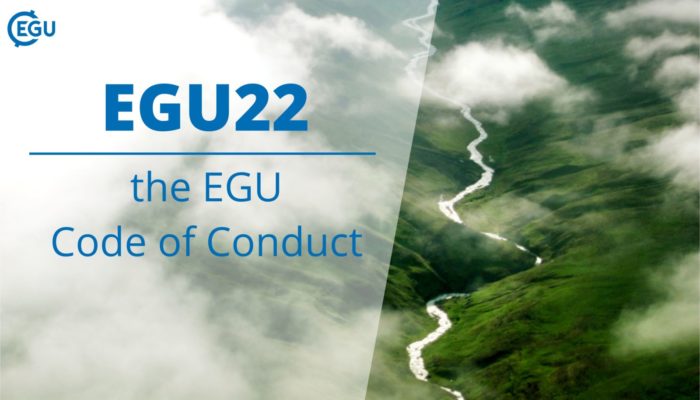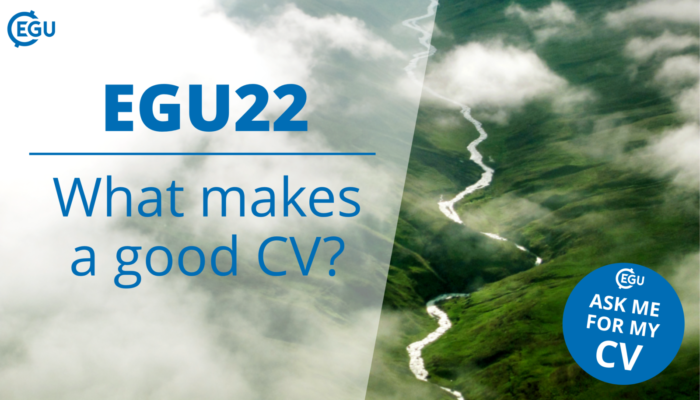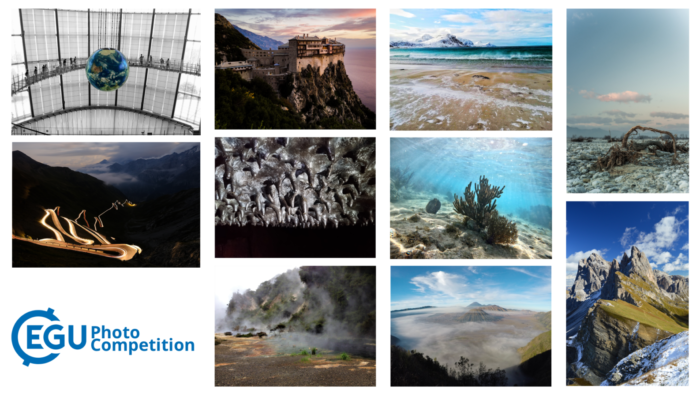Do you have data-related questions? Are you looking to make your data and/or software open and FAIR? Are you interested in tools and resources for working with your data or for finding data to reuse? The Virtual Data Help Desk is here for you! The Virtual Data Help Desk, which is a program of the Earth Science Information Partners (ESIP), EGU, and AGU, provides researchers with opportunities to en ...[Read More]
How to EGU22: The EGU Code of Conduct
Less than one week to go for EGU’s General Assembly #EGU22, taking place between 23 and 27 May 2022! As we ready our calendars to make the most of the conference week, we’d like to remind our community that EGU is strongly committed to the principles of inclusivity and diversity and we require our members and attendees to treat each other with basic courtesy and respect. This is why yo ...[Read More]
EGU22: What makes a good CV?
This year for EGU22 we wanted to make participation in the Jobs and Careers events equally accesible whether you are participating remotely or on-site, so we added the ‘Ask me for my CV’ sticker that you can put in your profile to let people know that your CV is available. But what about the actual CV itself? Seismology Division Early Career Scientist Michaela Wenner, supported by the ...[Read More]
EGU22 Photo Competition – voting opens MONDAY 23 MAY!
Now that our panel of judges has reduced the long list of hundreds of entries to just the top 10, it’s up to you to decide on which three photos will be our winners for 2022! The finalist photos are listed below and you can vote for them from Monday 23 May until Thursday, 26 May 2022 (voting closes at 18:00 CEST, 26 May). There are two ways that you can vote – the first is on-site in V ...[Read More]




